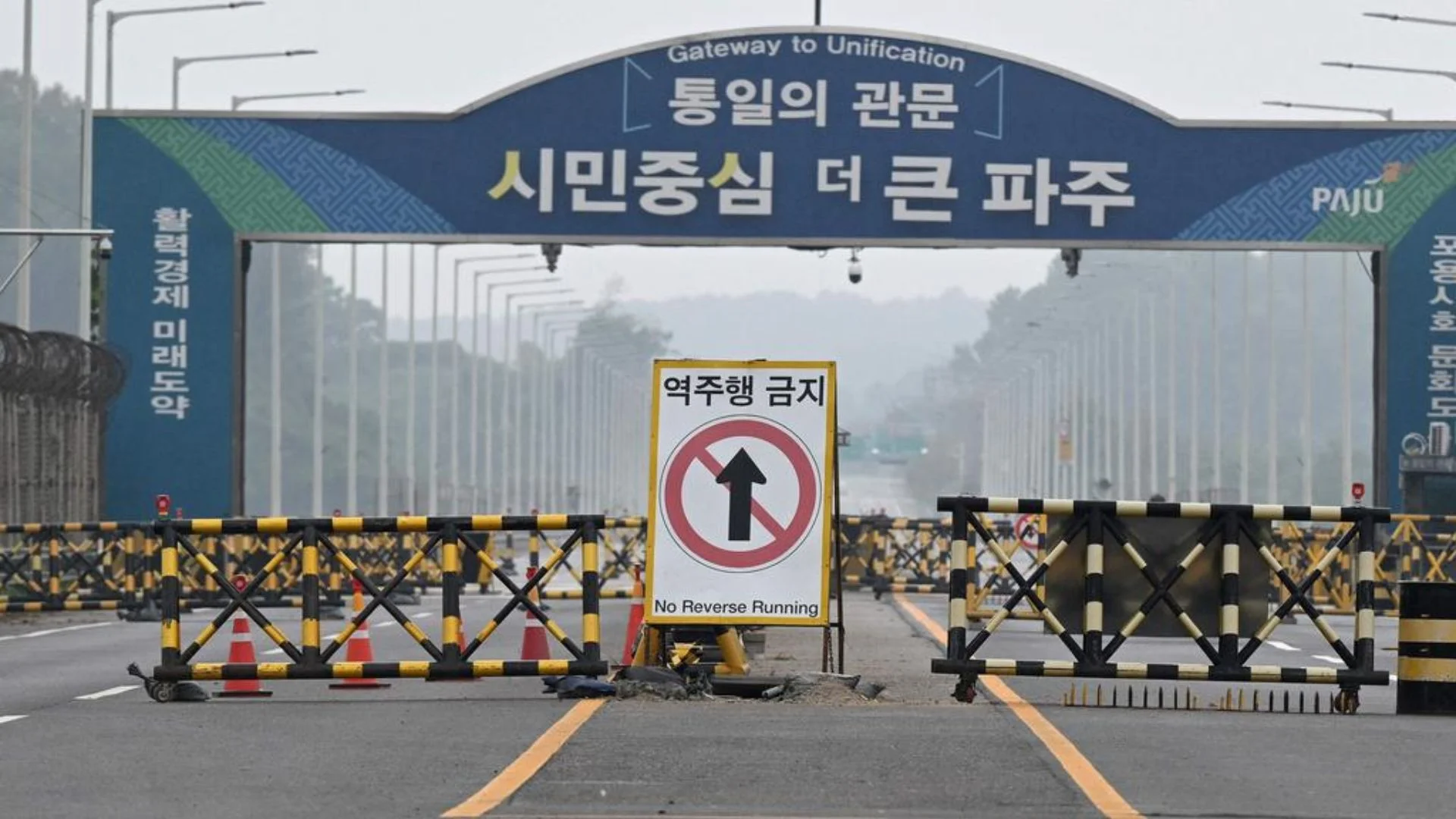A devastating wave of floods, landslides, and inundations has resulted in a death toll of 112 in Nepal over the past 24 hours, according to reports from the Armed Police Force (APF) and the Nepal Police on Sunday. In addition, 68 individuals remain unaccounted for, while 100 more have sustained injuries due to the disaster.
As of Sunday morning, the fatalities were reported as follows: 34 in Kavrepalanchowk, 20 in Lalitpur, 15 in Dhading, 12 in Kathmandu, seven in Makwanpur, four in Sindhupalchowk, three in Dolakha, and five each in Panchthar and Bhaktapur districts. Additionally, two deaths each were reported in Dhankuta and Solukhumbu, along with one each in Ramchhap, Mahottari, and Sunsari.
Nepal’s Home Minister Ramesh Lekhak noted that the recent rainfall has inflicted severe damage across the Kathmandu Valley. Search and rescue operations are being carried out nationwide by the Nepal Army, Armed Police Force, and Nepal Police. “We are gathering information on the damages caused by the heavy rainfall throughout the country. A meeting of the disaster command post has been convened, and substantial damage to life and property has been reported across the nation,” Lekhak stated.
On Saturday, Kathmandu experienced its highest rainfall in 54 years, recording 323 millimeters in just 24 hours. Heavy rains began affecting Nepal on Thursday evening, driven by moisture from the Bay of Bengal and a low-pressure system in the region, leading to a humanitarian crisis.
The National Disaster Risk Reduction Management Authority (NDRRMA) has issued warnings for 56 out of 77 districts about potential disasters due to ongoing rains and has urged residents to exercise caution.
Nepal, which is home to nine of the world’s ten highest peaks, has recorded more rainfall than average this year, affecting approximately 1.8 million people. The NDRRMA estimates that 412,000 households may be impacted by monsoon-related disasters.
Typically, the monsoon season in Nepal begins around June 13 and concludes by the end of September, but this year it is expected to extend into late October. The southern clouds entered the country three days earlier than usual on June 10. Last year, the monsoon began on June 14, a day after the typical start date.
The monsoon period, which contributes approximately 80% of Nepal’s annual rainfall, generally lasts for 105 days. However, in recent years, it has been taking longer to conclude. According to the Meteorological Office, the country has received a total of 1,586.3 millimeters of rainfall since the monsoon’s onset on June 10, exceeding the average of 1,472 millimeters typically recorded from June to September. Last year, only 1,303 millimeters were recorded during the monsoon season.























